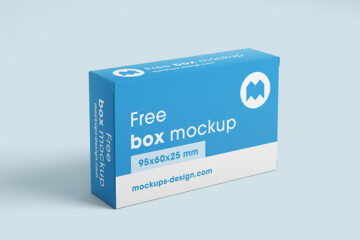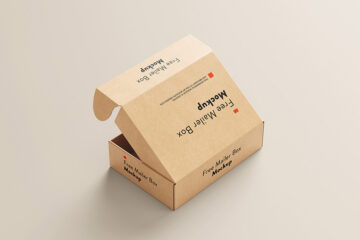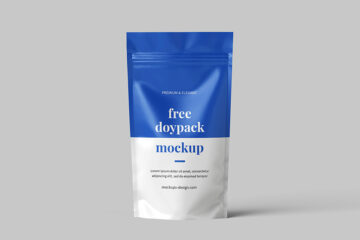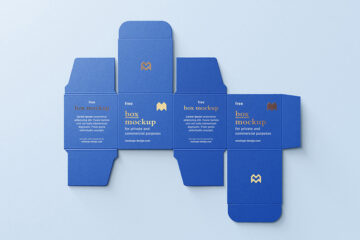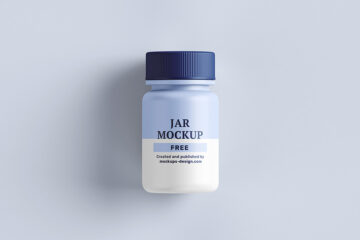In the realm of graphic design, presenting product designs within the context of a retail environment is crucial for winning over clients and ensuring effective communication. One powerful tool for achieving this is the box mockup. This article delves into the significance of box mockups in graphic design, specifically focusing on presenting products in the context of store shelves.
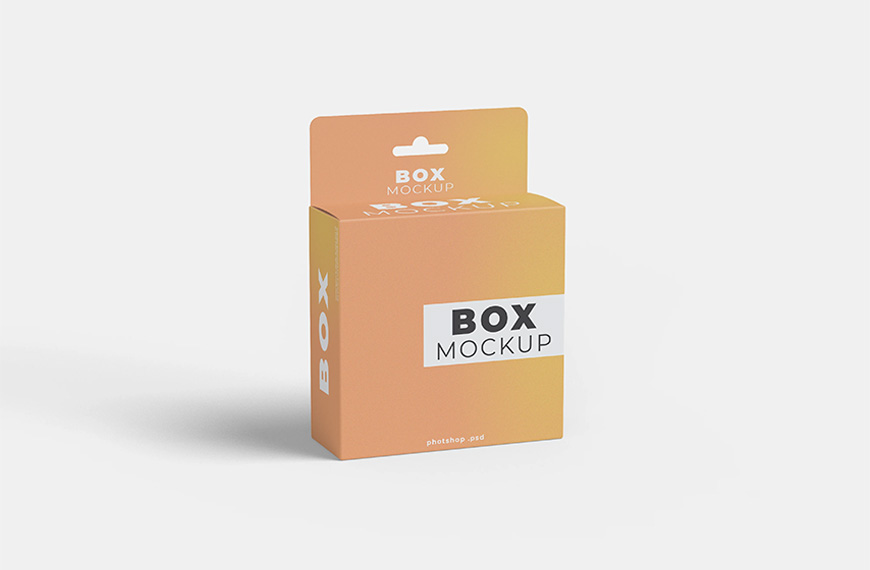
Understanding Box Mockups
Box mockups are digital representations or prototypes of packaging designs, typically in the form of boxes. They allow designers to visualize how their designs will appear in real-world scenarios. These mockups are highly customizable, enabling designers to showcase various elements such as branding, textures, colors, and product placement within the packaging.
Importance of Box Mockups in Store Shelf Presentations
Realistic Visualization: Box mockups provide clients with a realistic preview of how their product packaging will appear on store shelves. This visualization aids clients in understanding the design concept and envisioning the product’s presence among competitors.
Contextual Relevance: Presenting product designs within the context of store shelves allows clients to assess how their packaging will stand out amidst competitors. Box mockups enable designers to demonstrate how the product will interact with other items on the shelf, emphasizing its unique selling points and enhancing its visibility.
Brand Cohesion: Through box mockups, designers can ensure that the packaging design aligns with the client’s brand identity and resonates with the target audience. Consistency in branding is essential for establishing brand recognition and fostering consumer trust, especially in a retail environment.
Market Adaptability: Box mockups empower clients to evaluate the market adaptability of their product packaging designs. By visualizing how the packaging will appear in different retail settings, clients can make informed decisions regarding design elements, such as color schemes, typography, and imagery, to optimize consumer appeal.
Feedback Mechanism: Presenting box mockups within the context of store shelves facilitates constructive feedback from clients and stakeholders. Clients can assess factors such as shelf placement, visibility, and readability of product information, providing valuable insights for refining the packaging design.
Best Practices for Utilizing Box Mockups in Store Shelf Presentations
Accurate Dimensions: Ensure that box mockups accurately reflect the dimensions and proportions of the actual packaging to maintain realism and authenticity in the presentation.
Visual Hierarchy: Emphasize key design elements such as brand logos, product names, and call-to-action phrases to create a visually compelling presentation that captures consumers’ attention on crowded store shelves.
Shelf Placement Simulation: Simulate different shelf placements and arrangements to demonstrate how the product packaging will stand out and attract consumers’ attention in various retail settings.
Lighting and Shadows: Pay attention to lighting and shadows in the box mockup to create a lifelike presentation that accurately reflects the interplay of light and shadow in a retail environment.
Conclusion
Box mockups serve as invaluable tools for graphic designers in presenting product designs within the context of store shelves. By leveraging the realism and customization options offered by box mockups, designers can effectively communicate design concepts, enhance brand visibility, and optimize consumer appeal. Incorporating best practices in box mockup presentations enables designers to create compelling visuals that resonate with clients and stakeholders, driving successful collaborations and ensuring the seamless integration of product designs into retail environments.
| Author | Scribrostd |
| File Type | .psd |
| Layered | Yes |
| Smart-Object | Yes |
| License | Commercial Use |


